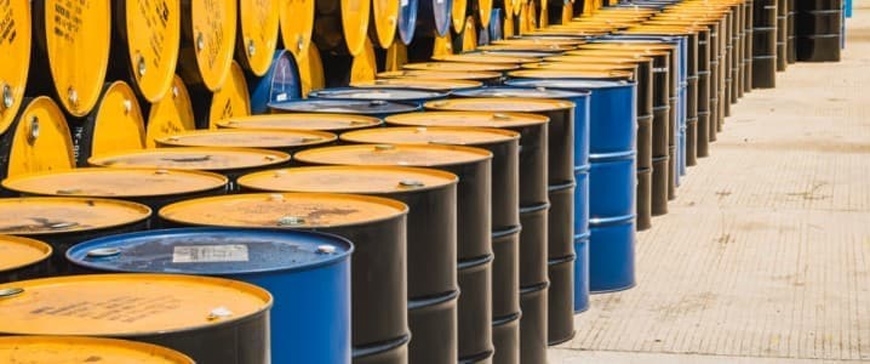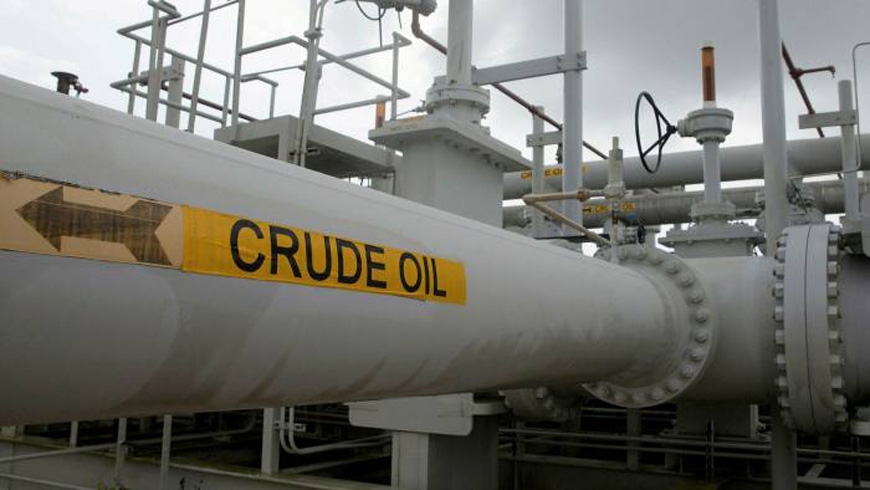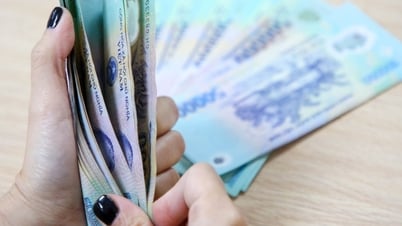Oil prices failed to extend their upward momentum after the OPEC+ decision. Brent crude oil prices stabilized at $76.71/barrel, while WTI fell slightly.
World oil prices
According to Reuters , oil prices rose slightly at the end of the trading session on June 5. Oil prices continued the upward trend of the last two trading sessions of the week after the world's leading oil exporter Saudi Arabia pledged to cut production by an additional 1 million barrels per day from July to deal with macroeconomic headwinds that have pushed the market into recession.
 |
| Oil prices gradually decrease after rising rapidly due to OPEC+ decision. Illustration photo: Oilprice |
Brent futures rose 58 cents, or 0.76 percent, to $76.71 a barrel. Brent crude hit a session high of $78.73 a barrel.
US West Texas Intermediate (WTI) crude futures rose 41 cents to $72.15 a barrel after hitting a session high of $75.06 a barrel.
Saudi Arabia's energy ministry said the kingdom's output would fall to 9 million barrels per day (bpd) in July from about 10 million bpd in May, Reuters reported. The kingdom's biggest voluntary cut in years is part of a broader OPEC+ deal to curb supply into 2024 as OPEC+ seeks to restore oil prices.
Fatih Birol, head of the International Energy Agency (IEA), commented that oil prices have increased sharply after the latest decision of OPEC+ made on June 4.
OPEC+ supplies about 40% of the world's crude oil. The group has cut its production target by a total of 3.6 million barrels per day, or 3.6% of global demand. With Saudi Arabia's additional 1 million barrels per day cut, the total OPEC+ cut will reach 4.6 million barrels per day.
“The market is still trying to assess the impact of the Saudi production cuts,” said Phil Flynn, an analyst at Price Futures Group. Oil appears to be taking the news as a positive, and rightly so, Flynn said.
The market reaction on June 5 was relatively muted compared to the previous OPEC+ cuts, said SEB analyst Bjarne Schieldrop. OPEC+ shocked the market in April when its members decided to voluntarily cut production by 1.6 million barrels per day, bringing the group's total cuts to 3.6 million barrels per day. The OPEC+ decision sent oil prices soaring nearly 9%. But oil prices failed to sustain the rally and are now hovering below $80 a barrel.
Meanwhile, consultancy Rystad Energy said Saudi Arabia's additional cuts are likely to push the market into deficit in July, which could push oil prices higher in the coming weeks.
The OPEC+ production deal has pushed oil prices up moderately, according to analysts at Goldman Sachs. They said Brent crude for December delivery could rise by $1 to $6 a barrel, depending on how long Saudi Arabia maintains production at 9 million barrels a day.
 |
| Gasoline prices fluctuated in the early trading session on June 6. Illustration photo: Reuters |
The immediate market impact of this Saudi cut could be lower, as drawing oil from storage takes time and the market may have already placed some probability on this cut, Goldman Sachs analysts added.
In another development, Saudi Arabia raised prices for its flagship Arab Light crude to Asian buyers for July to a six-month high, following its pledge to cut output.
Analysts say many of the OPEC+ cuts will have little real impact, with lower targets set for Russia, Nigeria and Angola to match their actual production levels. In contrast, the United Arab Emirates (UAE) was allowed to increase its production target by 200,000 barrels per day to 3.22 million barrels per day to demonstrate its higher production capacity.
Domestic gasoline prices
Domestic retail prices of gasoline on June 6 are as follows:
E5 RON 92 gasoline is not more than 20,878 VND/liter. RON 95 gasoline is not more than 22,015 VND/liter. Diesel oil not more than 17,943 VND/liter. Kerosene not more than 17,771 VND/liter. Fuel oil not exceeding 14,883 VND/kg. |
MAI HUONG
Source






























![[Photo] Signing of cooperation between ministries, branches and localities of Vietnam and Senegal](https://vphoto.vietnam.vn/thumb/1200x675/vietnam/resource/IMAGE/2025/7/24/6147c654b0ae4f2793188e982e272651)





































































Comment (0)